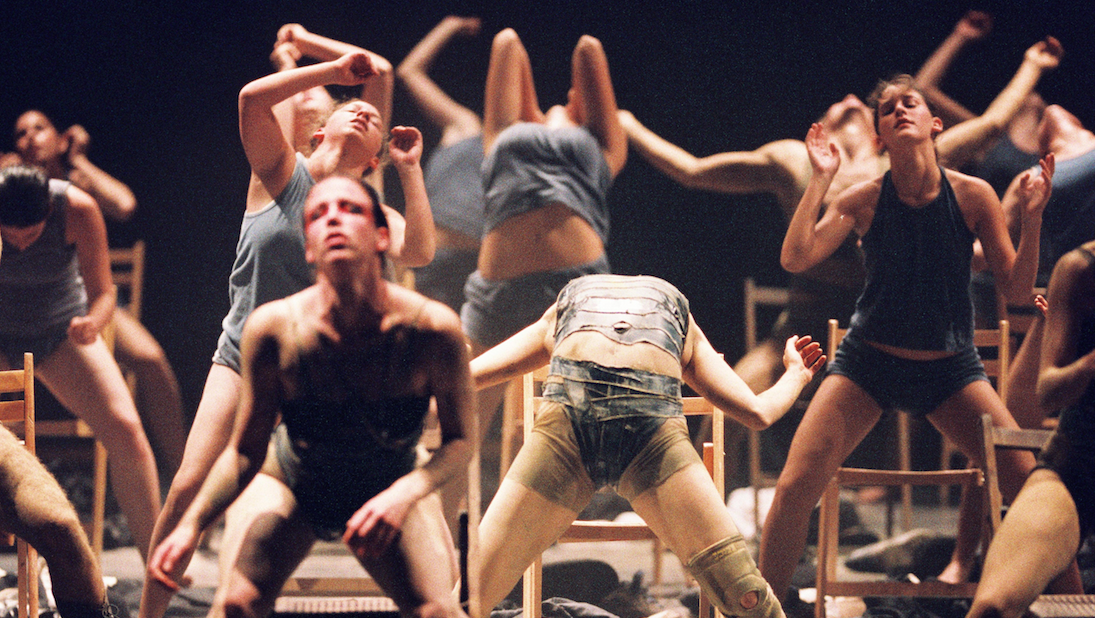“I dance everyday and I want everybody to do it.”
Mr. Gaga chronicles the life of Ohad Naharin, renowned choreographer and artistic director of the Batsheva Dance Company. Director Tomer Heymann compiles a beautiful portrait of the Israeli choreographer, one man who has had a profound influence on contemporary dance.
Naharin grew up in Israel, learned to dance in New York City, and then returned to Israel to lead the Batsheva Dance Company. Heymann takes us through each stage in this man’s life with intimate interviews, extensive archival footage, and home videos. We hear from his parents who emphasized dancing and music from day one with their son. We hear from people that knew him as a young man. As we transition into learning more about his career as a dancer and choreographer, we hear from his teachers and his dancers as well as from the man himself. His teachers gush about how unique his dancing style is – feminine yet aggressive, emotional yet controlled. It’s all intercut with beautiful footage of performances and rare behind-the-scenes looks at rehearsals. It all adds up to feel like an exclusive and intimate peek behind the curtain.
It helps that Naharin has magnetism about him. Good looking with a lean and muscular frame, he doesn’t shy away from owning his charm and confidence, even when that confidence often veers into condescendence. His dancers all talk about how happy they were to be there but said it was one of the most frustrating experiences because he expected them to just read his mind and do exactly what he asked from the get go. Naharin owns this since he is trying to actualize an artistic vision, and his confidence is well earned. You don’t need to be versed in dance to see that his performances are captivating. The rehearsal footage and interviews with the dancers help remind the audience of the sheer amount of practice and effort that goes into each piece. It’s fascinating to watch Naharin make his dancers do moves over and over again. The beginning and the end of the film are bookended by him coaching a dancer through learning to crumple on the floor, bruises be damned.
The only confusing part of the documentary is the title. Yes, Naharin did invent Gaga, a kind of movement language that believes anyone can dance in improvisational and emotional ways. It is practically glossed over in favor of his career highlights, although it does receive a surprise interview with Natalie Portman about her love of the Gaga style. Though I can see how influential the “movement language” has been on his works, the failure to more directly link the style with the performances leaves the title of the documentary feeling out of place.
It’s clear that Heymann has a deep respect for Naharin and what he’s brought to the contemporary dance scene both in Israel and across the world. Beautifully shot and thoughtfully assembled, Mr. Gaga is a well-rounded documentary that uses interviews, performances, and behind-the-scenes footage to convey the importance of and fascination with Ohad Naharin, even to audiences that know nothing about dance.

